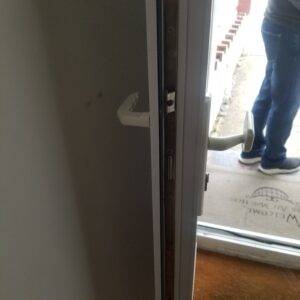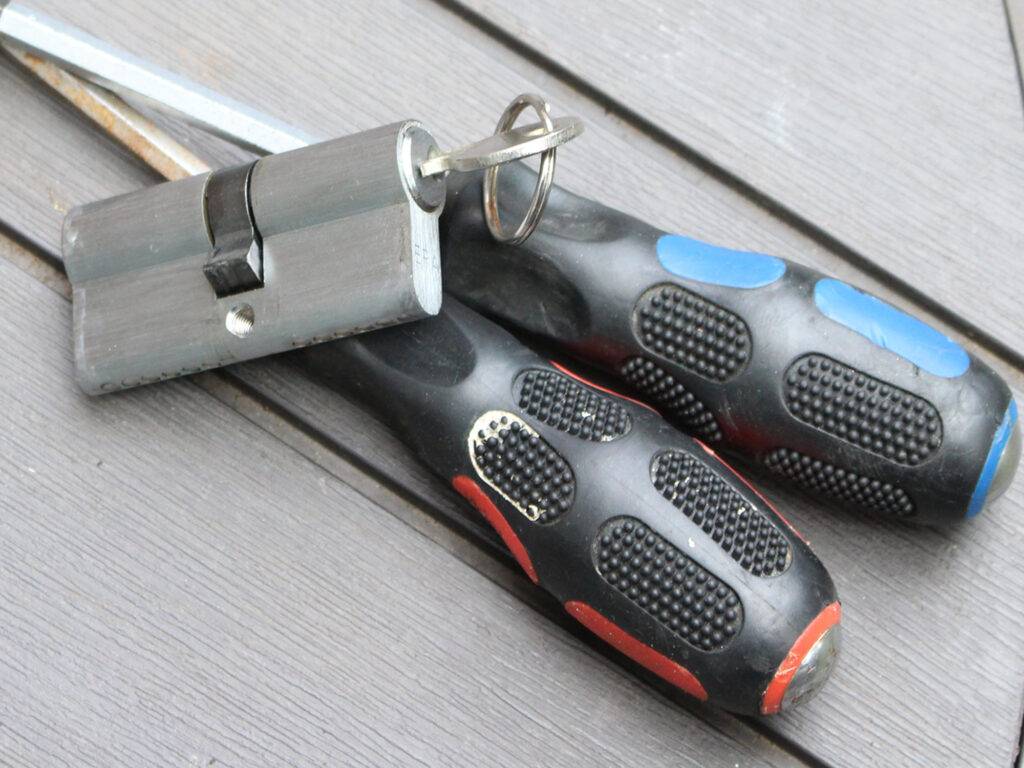Burglars do not have a universal preference for either doors or windows, as their choice depends on various factors which include the specific circumstances and vulnerabilities of the target property.
Burglars will often target the entry point that appears to be the easiest to breach. If a door or window is poorly secured or lacks proper locks, it becomes a more attractive target. Visibility is another factor and burglars may prefer windows if they can access them without being easily seen by neighbours or passersby.
Breaking a window can be noisier than forcing open a door, so burglars might opt for doors to avoid attracting attention, again depending on how strong the door or window is. The more secured access points to the property, the more noise a  potential intruder will need to raise to break in. If a window or door is easily accessible due to factors like poor lighting, overgrown vegetation, or a hidden location, it may be more tempting for burglars.
potential intruder will need to raise to break in. If a window or door is easily accessible due to factors like poor lighting, overgrown vegetation, or a hidden location, it may be more tempting for burglars.
If burglars believe a property is unoccupied, they may choose a point of entry based on their perception of which is least likely to be monitored. In contrast to common belief, burglars often prefer daytime break-ins when homeowners are more likely to be at work. During the night, when occupants are more likely to be at home, burglars may choose alternative entry points. Some burglars may have more experience with certain types of entry methods, such as picking locks or breaking windows. Their skills can influence their choice.
To deter burglars, it’s essential to secure both doors and windows. This includes installing quality locks, reinforcing frames, using security bars or laminated glass for windows, and ensuring good exterior lighting. Additionally, alarm systems and security cameras can act as deterrents and help authorities identify and apprehend intruders if a break-in does occur.
Burglars have been observed employing ladders to reach unlocked upper windows, thus circumventing intruder alarm sensors typically positioned on lower floors. These ladders are either sourced from the property’s garden or brought along by the perpetrator. To enhance security, it is advisable to take the following precautions:
- Ensure that windows on the upper floors are equipped with locks or sash stops. This measure will deter unauthorised access through these windows.
- Consider expanding the coverage of your intruder alarm system to include upper rooms. By doing so, you reduce the vulnerability of upper-floor entry points.
- Never leave ladders unsecured in back gardens.
- When replacing your windows, always opt for security-accredited products that have undergone testing to meet British standards and are approved by insurance providers. A noteworthy standard to look for is PAS 24 2022.
By implementing these security measures, you can significantly reduce the risk of burglars using ladders to access your upper windows, enhancing the overall safety of your property.

